Causeries avec mes élèves by Lambert Sauveur (Antique Edition with School Stamp), 1891 🇫🇷📚🏫
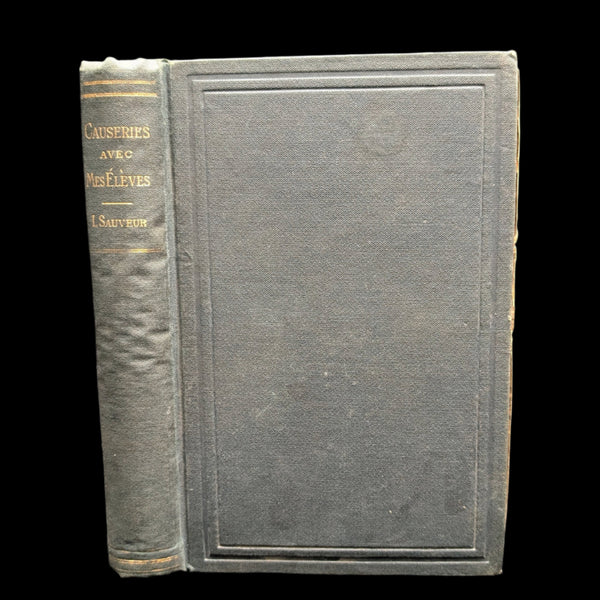
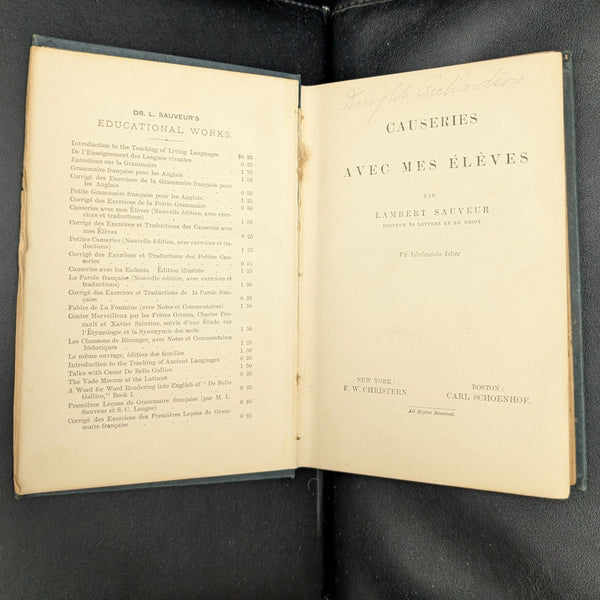
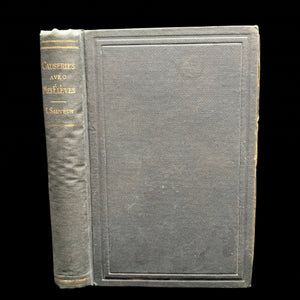
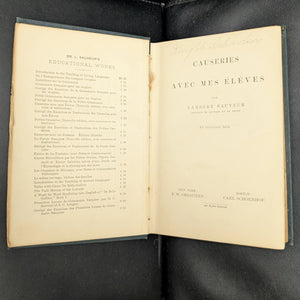
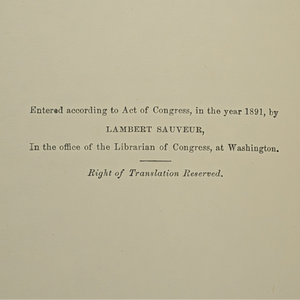
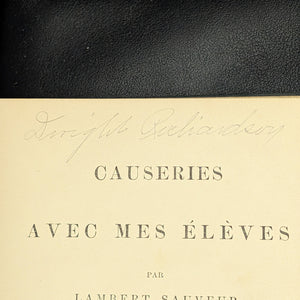
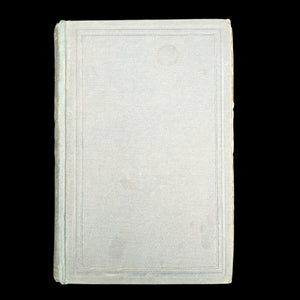
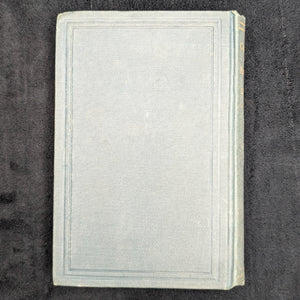
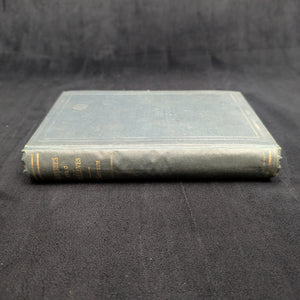
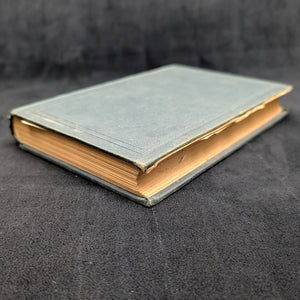
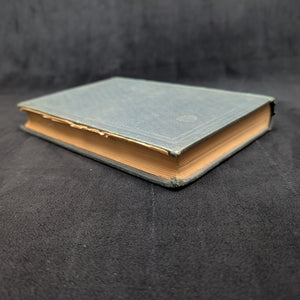
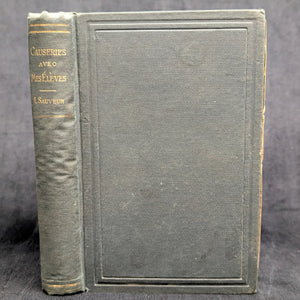
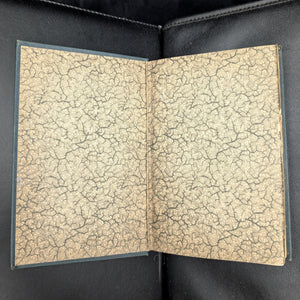
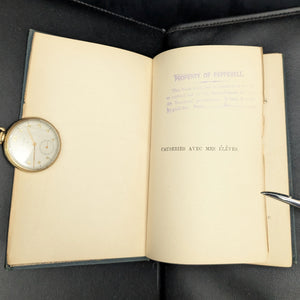
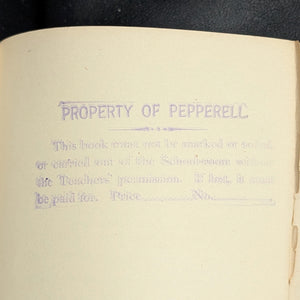
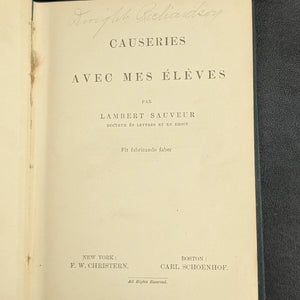
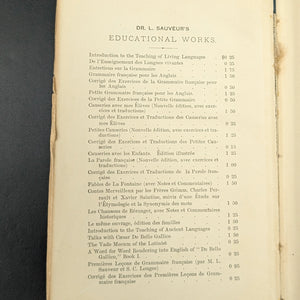
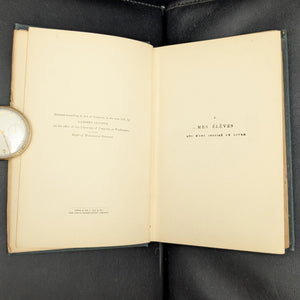
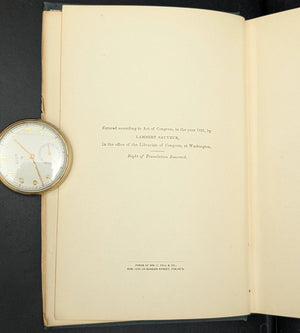
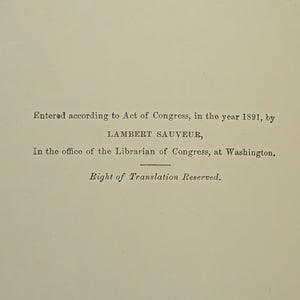
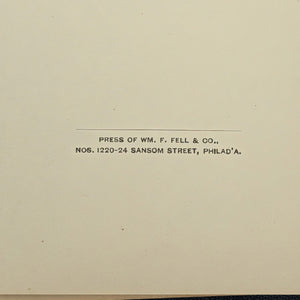
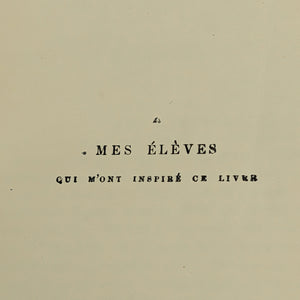
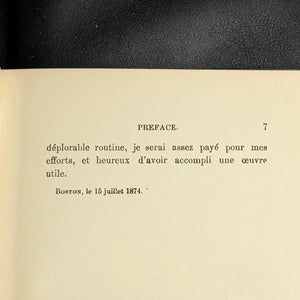
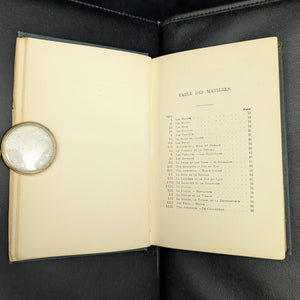
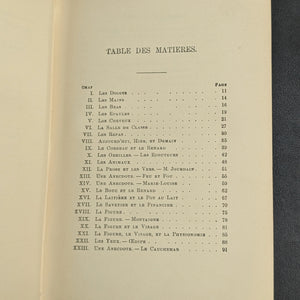
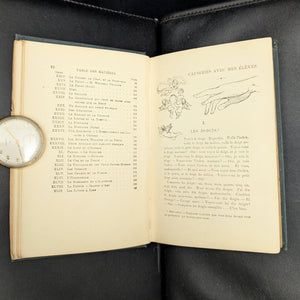
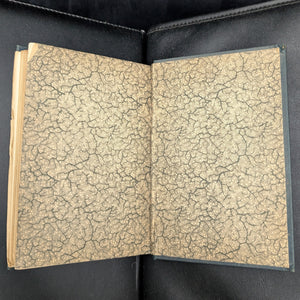
1. Introduction 📜🔍
Causeries avec mes élèves by Lambert Sauveur, an educator who helped revolutionize language instruction.
Published in 1891.
Its rarity is heightened by the presence of a specific school stamp and a personal inscription
2. About the Artwork/Book/Object 📖✍️✨
Causeries avec mes élèves (Conversations with My Students) is a pedagogical work that embodies the "Direct Method" of language instruction.
Departing from the traditional rote memorization of grammar and vocabulary, Sauveur's approach centered on immersion, conversational practice, and active engagement.
The book is structured as a series of dialogues and exercises designed to mirror how a child learns their first language. This volume represents a significant moment in the history of education, showcasing the innovative, humanistic principles that paved the way for modern language teaching methodologies.
3. About the Artist/Author/Maker 🏛️✍️✨
Lambert Sauveur (1826-1907) was a Belgian-born educator and linguist who became a prominent figure in the field of language acquisition in the late 19th century.
He was a pioneering proponent of the "Natural Method" of language teaching, which emphasized oral communication and direct association without the crutch of translation.
Sauveur's work, including this text, had a profound influence on other language reformers, most notably Maximilian D. Berlitz, who would later develop his own highly successful "Berlitz Method" based on Sauveur's principles. Sauveur’s legacy is in his belief that a language should be taught as a living, breathing thing, not as a collection of rules and vocabulary lists.
4. Historical/Political Era Context 🌍🕰️📜
This textbook provides a fascinating glimpse into the world of American education in the late 19th century. At the time, French education was undergoing a transformation from a system dominated by the Catholic Church to one that was secular, mandatory, and free.
This shift was accompanied by pedagogical reforms that moved away from the rigid, classical curriculum. This book reflects an American-based educational reform movement that was influencing schools across the United States.
Its presence in an American school, as evidenced by the stamp, is an example of the cross-cultural pollination of ideas in education during this era, and it offers a tangible link to a specific period of pedagogical history.
5. The Ideal Collector 💡🧐🏛️
This book is for a curator of educational history, a scholar of linguistics, or a private collector of unique historical artifacts. It speaks to those who appreciate the evolution of teaching methodologies and the physical remnants of a bygone era in academic life.
The ideal collector is someone who values the narrative behind an object, a person who understands that the school stamp and handwritten note are not flaws but rather markers of a unique story and an educational journey.
6. Value & Rarity 💎✨🏛️
Antique school textbooks from the late 19th century are not inherently rare, as they were mass-produced. However, a textbook with documented provenance, such as a school stamp and a personal inscription, is a different class of asset. It moves beyond being a mere historical curiosity to become a primary source document.
This book is a unique, non-replicable item. Its value is not in its content, which can be found elsewhere, but in its specific history as a used artifact. The handwritten notes and stamp connect it to a specific time and place, elevating its status for a niche collector.
7. Condition 🔎📚✨
This book is in fair to poor antique condition, reflecting its use as an educational tool over a century ago. The original hardcover shows significant wear, with fraying at the corners and spine, which is a normal sign of age and use for a book of this era. The pages are notably discolored and show some foxing. However, the binding remains intact, and the pages are free of major tears or extensive markings beyond the inscriptions. The overall state is a respectful and honest portrayal of a well-loved artifact with a rich history.
8. Translation of Inscriptions/Ephemera (Conditional) ✍️📜🔤
This book holds two unique marks of provenance. The first is a rare school stamp on the inside page that reads, "Property of Pepperbell." This stamp places the book in a specific academic institution. Below the stamp is a handwritten inscription from a prior owner that states:
"Dwight Richardson"
This simple inscription, coupled with the school stamp, provides a fascinating glimpse into the book's chain of ownership. It is an authentic and personal detail that makes this specific copy unique.
9. Fun Facts & Unique Features 🤓📜🤩
-
Lambert Sauveur's method was so innovative that it was often referred to as the "Natural Method" because it mimicked how people naturally learn a language through immersion and conversation.
-
The "Pepperbell" school stamp is a fascinating piece of ephemera. Many private schools in the late 19th century used unique and sometimes humorous names to identify their property.
-
The book's publication was a joint venture between two American publishers, F.W. Christern in New York and Carl Schoenhof in Boston, which was a common practice for foreign language texts to ensure distribution across the major centers of higher learning on the East Coast.
10. Supporting Information 🏷️📦💰
-
Title: Causeries avec mes élèves
-
Author/Maker: Lambert Sauveur
-
Year: 1891
-
Publisher/Foundry: F.W. Christern & Carl Schoenhof
-
Place of Origin: New York, Boston, USA
-
Format/Binding: Hardcover
-
Edition: Antique Edition
-
Rarity: Unique (due to provenance)

